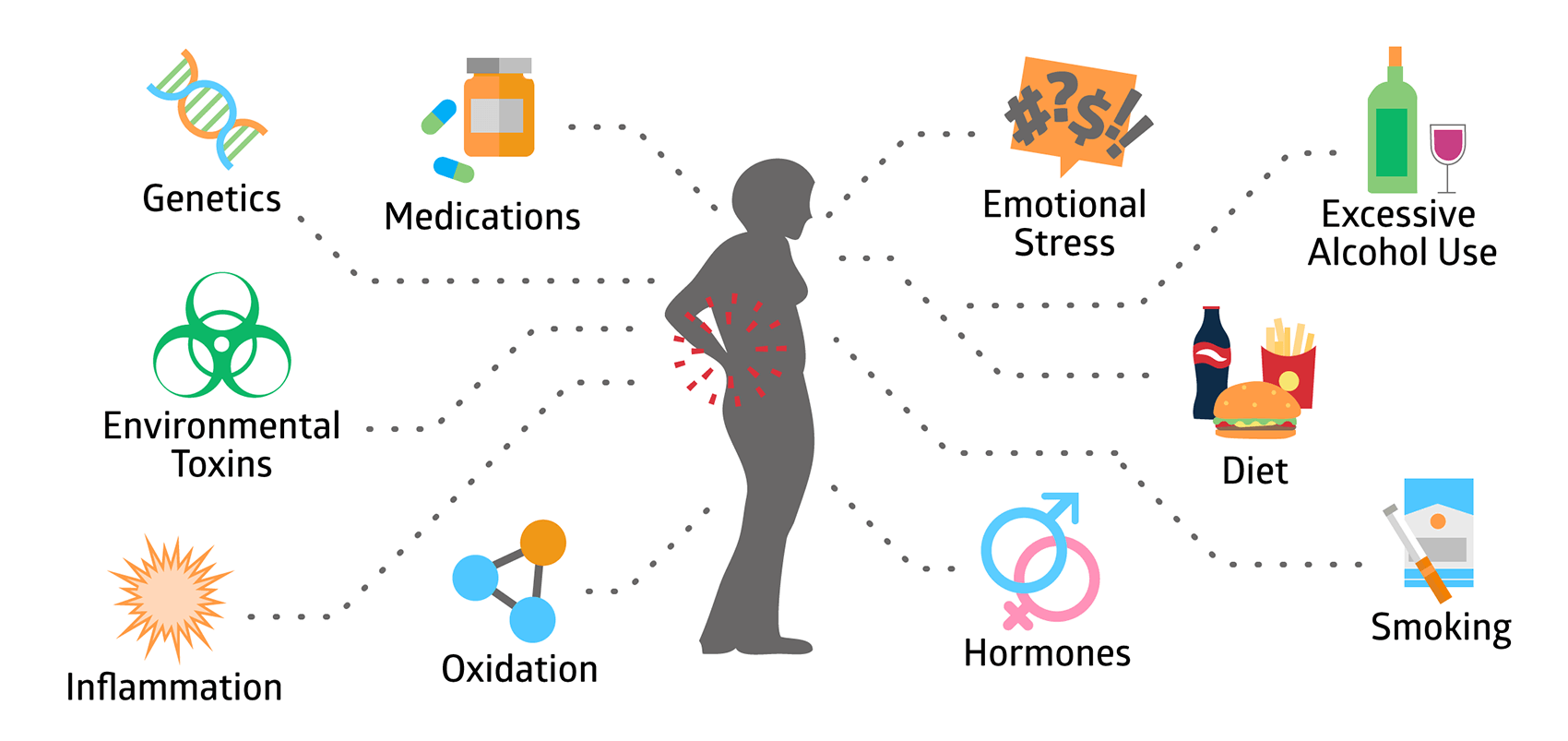Our bones play several vital roles in our body like protecting our internal organs, allowing us the ability to move around, and housing important minerals, such as calcium and phosphorous. Throughout our life, old or damaged bone tissue is refreshed and replaced through a process called “remodeling.” However, sometimes too much of our bone gets broken down and not enough is formed in its place. This leaves our bones less dense and more likely to break, otherwise known as a disease called Osteoporosis (McCance & Huether, 2019).
As a person grows, his or her bones undergo remodeling at a rapid rate and bone mass increases until they reach maximum size and strength. This, met around a person’s early 20s, is considered “peak bone mass” or PBM (National Osteoporosis Foundation, 2019). The higher the PBM, the lesser the risk of developing osteoporosis as they age. Men have a higher bone mass than women, putting women at a greater risk for osteoporosis earlier in life. Other influential factors in the development of osteoporosis are aging, genetics, hormonal status, diet and exercise habits, as well as alcohol and tobacco use (Figure 1). Since some of these factors cannot be changed, it is important to make healthy lifestyle choices to reduce the risk of developing this disease (NOF, 2019). Prevention measures can begin as early as childhood and include things like eating a balanced diet with plenty of calcium and vitamin D, maintaining a regular exercise routine, and avoiding smoking and excess alcohol consumption (NOF, 2019).
Figure 1

AlgaeCal. (2019). Osteoporosis influences [Picture]. Retrieved from https://www.algaecal.com/osteoporosis-treatment/
Figure 2

American Society for Bone and Mineral Research (2019). Normal versus osteoporotic bone [Picture]. Retrieved from https://www.ncbi.nlm.nih.gov/books/NBK45504/figure/ch2.f5/?report=objectonly
There are several treatment options to assist patients in managing their osteoporosis. Some lifestyle modifications can include smoking cessation, limitation of alcohol and caffeine consumption, weight bearing/strengthening exercise, fall prevention, and insuring sufficient calcium and vitamin D intake. There are also medications available which decrease the process of bone breakdown (resorption) or increase the process bone buildup (formation). Patients should discuss treatment options with their healthcare provider (NOF, 2019).